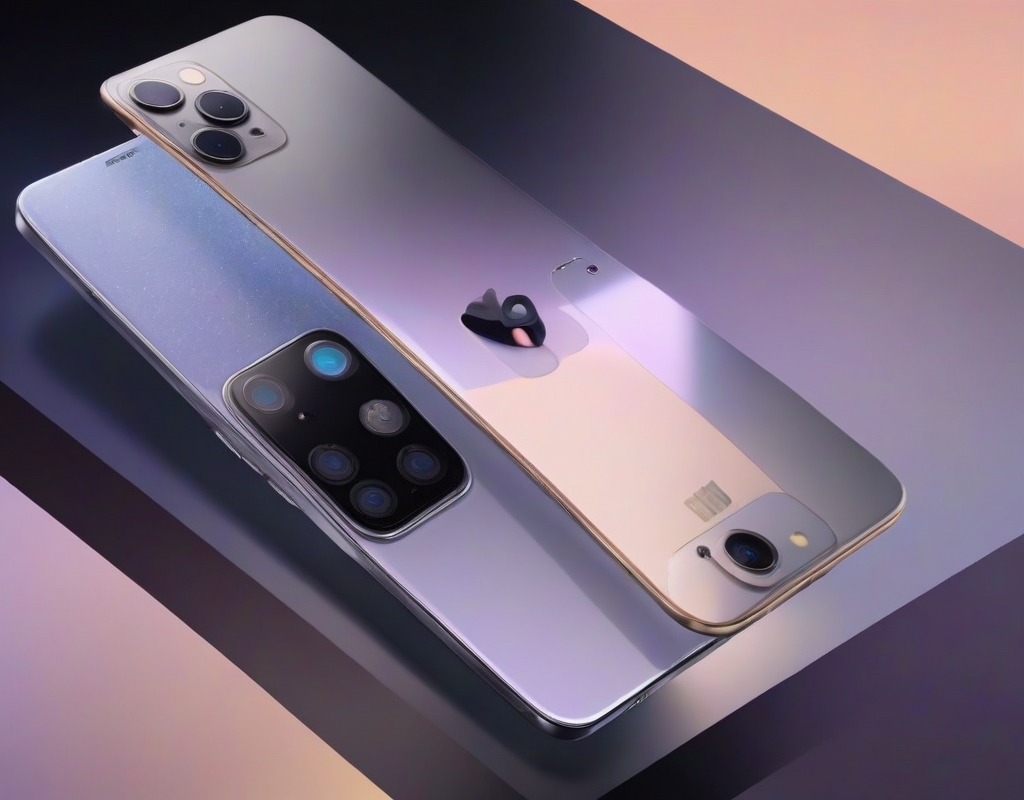On first glance, the Samsung Galaxy S22 and the Apple iPhone 13 Pro may deceive many with their looks, appearing nearly identical, yet they harbor distinct differences worth noting.
The camera systems of each phone stand out as a primary distinction. The Samsung Galaxy S22 is equipped with a triple camera arrangement, consisting of a 50-megapixel primary sensor, a 12-megapixel ultra-wide sensor, and a 10-megapixel telephoto sensor. Conversely, the iPhone 13 Pro also employs a triple camera setup but opts for three 12-megapixel sensors across the board for primary, ultra-wide, and telephoto.
Those who seek enhanced resolution and image clarity might find the Galaxy S22’s higher megapixel primary camera more appealing. Nonetheless, the larger sensors of the iPhone 13 Pro offer superior performance in dim lighting and produce more true-to-life colors.
In terms of display, both phones sport a 6.1-inch screen, but they utilize distinct technologies. The Samsung Galaxy S22 features a Dynamic AMOLED display with a 2340 x 1080 resolution and a refresh rate of up to 120Hz. The iPhone 13 Pro, on the other hand, boasts a Super Retina XDR display, which also supports a 120Hz refresh rate but delivers a higher resolution of 2532 x 1170 pixels.
The Dynamic AMOLED display of the Galaxy S22 is noted for its vibrant color output and deep blacks, while the Super Retina XDR display of the iPhone excels in peak brightness, making it optimal for use in brightly-lit environments.
Furthermore, the operating systems and ecosystems provide another layer of differentiation. The Samsung Galaxy S22 operates on Android 12 complemented by One UI 4.0, whereas the iPhone 13 Pro runs on iOS 15. These platforms each have their merits and demerits, with the choice largely hinging on the user’s personal preference.
To summarize, while the external appearances of the Samsung Galaxy S22 and the iPhone 13 Pro might initially suggest minimal differences, delving deeper reveals various unique traits spanning their cameras, displays, and operating systems, which cater to diverse preferences and usage requirements.




